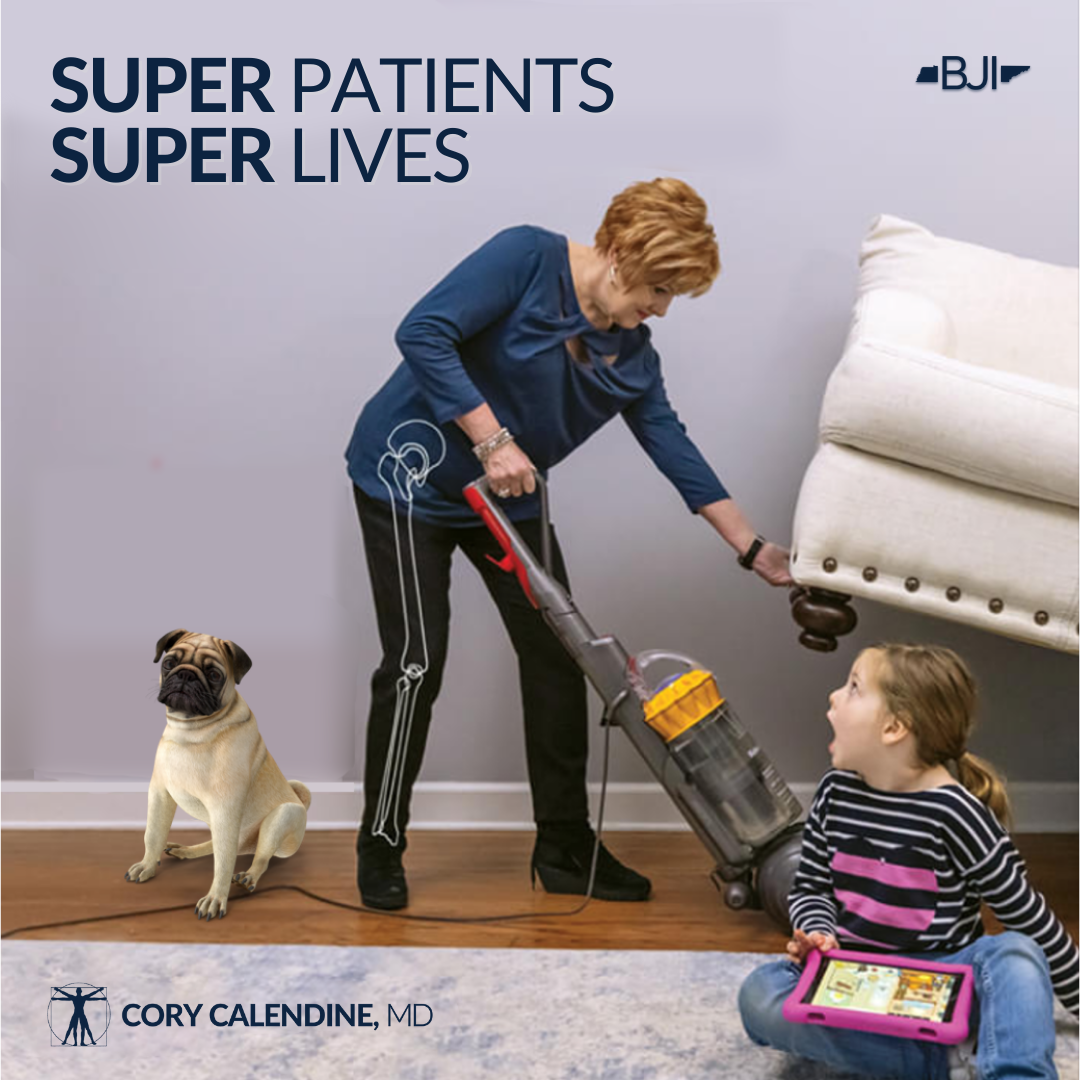What Happens To Your Knee Ligaments During Knee Replacement Surgery?
If you're facing total knee replacement surgery, you're likely wondering what happens to the natural structures in your knee, particularly your ligaments. Understanding how your surgeon manages these crucial stabilizing structures during total knee arthroplasty can help you feel more prepared and confident about your upcoming procedure.
Understanding Your Knee Ligaments
Before diving into what happens during surgery, it's important to understand the four main ligaments in your knee and their functions:
- Anterior Cruciate Ligament (ACL): Controls forward movement and rotation
- Posterior Cruciate Ligament (PCL): Prevents backward sliding of the thighbone
- Medial Collateral Ligament (MCL): Provides inner-side stability
- Lateral Collateral Ligament (LCL): Provides outer-side stability
- Medial Patellofemoral Ligament (MPFL): Stabilizes the kneecap
What Happens to the ACL During Knee Replacement
Why the ACL is Removed
The anterior cruciate ligament is routinely removed during total knee replacement surgery. This may sound concerning, but there are important medical reasons for this approach:
- Pre-existing damage: In patients with severe arthritis requiring knee replacement, the ACL is often already damaged, torn, or significantly degraded
- Surgical access: Removing the ACL allows surgeons better access to properly position the implant components
- Improved outcomes: ACL removal leads to more predictable surgical results and better implant placement
How Stability is Maintained
Don't worry about losing stability - modern knee replacement implants are specifically designed to compensate for ACL removal. The implant's geometry and engineering provide the stability that the ACL once offered.
The Posterior Cruciate Ligament (PCL): Keep or Remove?
Cruciate-Retaining vs. Posterior-Stabilized Implants
The fate of your PCL depends on the type of implant your surgeon chooses:
Cruciate-Retaining Implants
- The PCL is preserved when it's healthy enough to continue providing stability
- These implants rely on your natural PCL for proper knee mechanics
- The ACL is still removed even in cruciate-retaining designs
Posterior-Stabilized Implants
- Both the ACL and PCL are removed
- The implant includes a special post-and-cam mechanism that replaces PCL function
- This design provides stability through the implant's engineering rather than natural ligaments
Which Approach is Better?
Current research shows no significant difference in longevity or functional outcomes between cruciate-retaining and posterior-stabilized implants. Your surgeon will choose based on your specific anatomy and the condition of your PCL.
Collateral Ligaments: The Keepers
Why These Ligaments Stay
The medial and lateral collateral ligaments are typically preserved during knee replacement because they:
- Provide essential side-to-side stability
- Are usually less affected by arthritis
- Don't interfere with implant placement
- Can be balanced during surgery for optimal alignment
Ligament Balancing Process
During surgery, your orthopedic surgeon carefully balances these preserved ligaments to ensure:
- Equal tension on both sides of the knee
- Proper alignment and movement
- Optimal biomechanics with your new implant
The MPFL: Release and Potential Repair
Why the MPFL is Released
The medial patellofemoral ligament is typically released or detached during total knee replacement to:
- Provide surgical access to the knee joint
- Allow proper positioning of implant components
- Enable visualization of the patella (kneecap)
When MPFL Repair is Necessary
If you have patellar instability issues, your surgeon may perform MPFL reconstruction or repair either:
- During the same surgery as your knee replacement
- In a subsequent procedure if instability develops post-operatively
MPFL Reconstruction Process
When MPFL repair is needed, the surgeon may:
- Reconstruct the ligament using graft material
- Augment the existing MPFL to improve patellar tracking
- Use tissue from your own body (autograft) or donor tissue (allograft)
Other Structures: What About the Meniscus?
While not technically ligaments, the menisci are always removed during total knee replacement. These C-shaped cartilage structures are replaced by the plastic spacer component of your implant, which serves a similar shock-absorbing function.
Advanced Techniques: Bicruciate-Retaining Surgery
Experimental Approaches
Some surgeons are exploring bicruciate-retaining techniques that preserve both the ACL and PCL. However:
- This is a technically challenging procedure
- Benefits remain unclear compared to traditional approaches
- It's not yet widely adopted due to limited evidence of superior outcomes
Recovery and Long-Term Outcomes
What This Means for Your Recovery
Understanding ligament management helps explain why:
- Physical therapy focuses on strengthening muscles around preserved ligaments
- Balance and proprioception training is crucial
- Recovery timelines vary based on which ligaments are preserved
Functional Expectations
With proper ligament management during surgery, most patients can expect:
- Restored knee stability
- Return to low-impact activities
- Improved quality of life
- Reduced pain and improved mobility
Choosing the Right Surgeon and Approach
When discussing your knee replacement, ask your orthopedic surgeon about:
- Which ligaments will be preserved in your case
- The type of implant being used
- Whether MPFL issues need to be addressed
- Expected recovery timeline based on the surgical approach
Conclusion
Total knee replacement involves careful, strategic management of your knee ligaments. While the ACL is routinely removed and the MPFL is typically released, your surgeon preserves and balances the collateral ligaments to maintain stability. The PCL may be kept or removed depending on your implant design. Modern surgical techniques and implant engineering ensure that your new knee will provide excellent stability and function, even with these ligament modifications.
Understanding what happens to your ligaments during knee replacement surgery helps you make informed decisions and set realistic expectations for your recovery. Always discuss your specific case with your orthopedic surgeon to understand exactly what approach will be used for your unique situation.



a.png)




